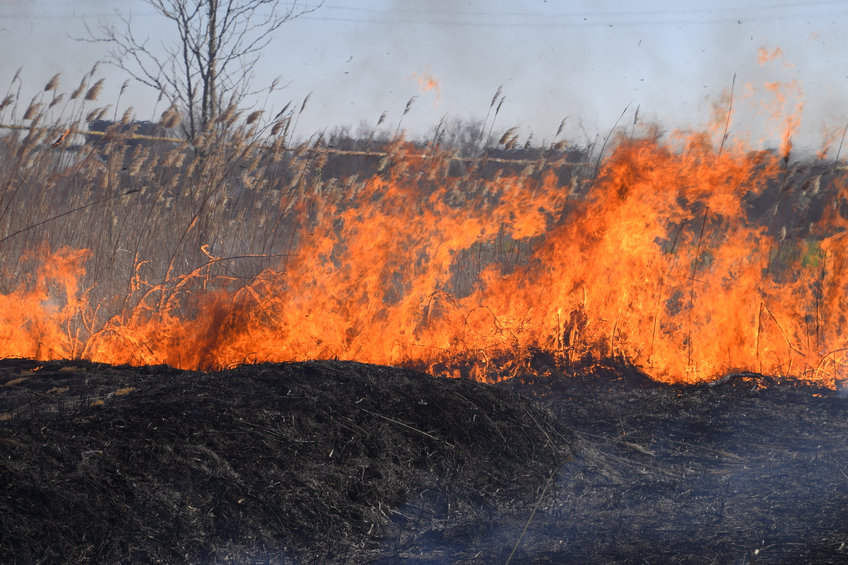When dry brush, dead trees, and undergrowth build up in America’s western forests, wildfires are sure to burn.
But now ecologists are raising concerns that some types of undergrowth may be more dangerous than others. Invasive grasses, specifically weeds, in California can be very flammable and last far longer than typical grasses or wildflowers.
As reported in Popular Science:
“There are dozens of these weeds, but ecologists are most worried about a few species; these include cheatgrass, red brome, ripgut brome, and medusahead, according to Jutta Burger, science program director at the California Invasive Plant Council. Especially in Southern California, many coastal and inland valley hills are coated with these plants, the muted green of scrubland and chaparral receding to make way for golden-brown grasses. ‘In a lot of our landscapes we have a carpet of these fine fuels,’ says Burger, ‘We didn’t have that historically.’
“Cheatgrass and other annuals are highly competitive and extremely flammable. While other annual species, like native wildflowers, wilt and rot after going to seed in spring, the grasses keep standing. Grasses are rich in silica, which makes their blades sturdy enough to stick around into the summer and fall, long after they lose their greenness. When a fire sparks, they become kindling, fueling the blaze until it can catch onto woodier shrubs and trees.”
Even after fires burn, these invasive weeds are quick to come back, creating an ever-worsening cycle of fires that destroy other slow growing shrubs and plants that wouldn’t cause as much of a problem.
As for solutions, some landowners are trying to use herds of goats to eat up the weeds, while utility companies and government fire management also play a crucial role in clearing out vegetation and better protecting power lines.
To read the full story in Popular Science, click here.
